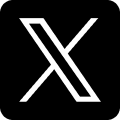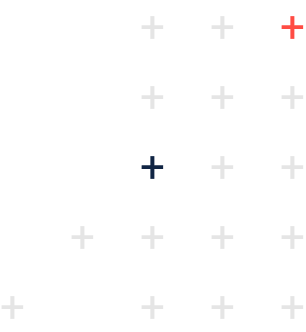All Blogs
Can Trackable QR Codes Drive Conversions for Products on Shelves?
In a crowded retail environment, each product on the shelf competes for focus, leaving you just moments to make an impact and encourage action. But what if your product could do more than just sit there? What if it could instantly connect with curious shoppers, answer their questions, and even close a sale? This isn't futuristic thinking; it's the immediate potential offered by trackable QR codes, transforming your packaging into a powerful, data-driven conversion tool.
Table of Contents
Engaging Shoppers at the Shelf Edge
The traditional retail shelf is a battleground. Brands spend fortunes on packaging design, prime shelf placement, and in-store promotions, yet directly measuring the impact of these efforts on online actions or immediate sales has always been a significant challenge. This "offline blind spot" means marketers often lack precise data on what truly captures a shopper's attention and drives them from curiosity to conversion in the physical store environment.
How Trackable QRs Make Products Interactive
Trackable QR codes overcome the limitations inherent in static packaging. Through a simple scan of a code on the product, shoppers gain instant access to a wide variety of digital content, from detailed product specifications and engaging video demonstrations to customer reviews, recipe ideas, sustainability stories, or direct links for subscriptions or reorders. This transforms a one-way label into a dynamic, two-way interactive experience right at the shelf edge.
What Happens After the Scan?
This is where the "trackable" aspect becomes invaluable. Unlike generic QRs, trackable codes provide crucial data: how many times they're scanned, where (if location tracking is enabled), when (time of day), and even the type of device used. This data illuminates which products, which promotions, and which in-store placements are most effective at driving digital engagement and ultimately, conversions. It provides a measurable ROI for your physical retail efforts.
The Power of Trackable QR Analytics on the Shelf
This is where the "trackable" aspect becomes invaluable. Unlike generic QRs, trackable codes provide crucial data: how many times they're scanned, where (if location tracking is enabled), when (time of day), and even the type of device used. This data illuminates which products, which promotions, and which in-store placements are most effective at driving digital engagement and ultimately, conversions. It provides a measurable ROI for your physical retail efforts.
Best Practices for Shelf-Based QR Codes
To achieve optimal performance, a QR code on a product requires thoughtful design. Ensure high contrast, adequate size for easy scanning at arm's length, and a clear "quiet zone" around the code. It's important to accompany it with a compelling call-to-action (CTA). Tell the shopper exactly what benefit they'll gain by scanning, such as "Scan for a Recipe Video," "Unlock a Discount," or "See More Reviews."
Brands Driving Sales with Scannable Products
Brands in various sectors are effectively utilizing trackable QR codes to improve their conversion rates. A food brand might put QRs on packaging, leading to cooking tutorials, and seeing an uptick in reorders. An electronics company could link to extended warranty registration, tracking activation rates. The ability to directly connect a physical product scan to a measurable online action is no longer futuristic; it's a proven strategy for immediate sales and sustained customer engagement. By making your products scannable, you're not just selling a product; you're offering an interactive experience that drives conversions directly from the shelf.








